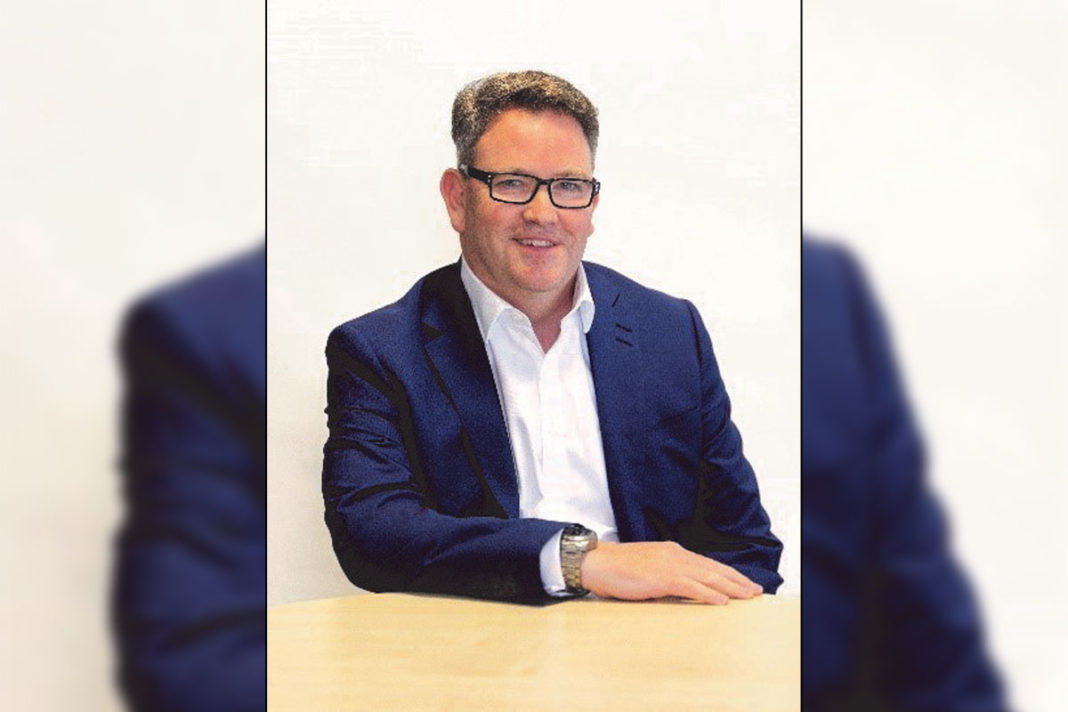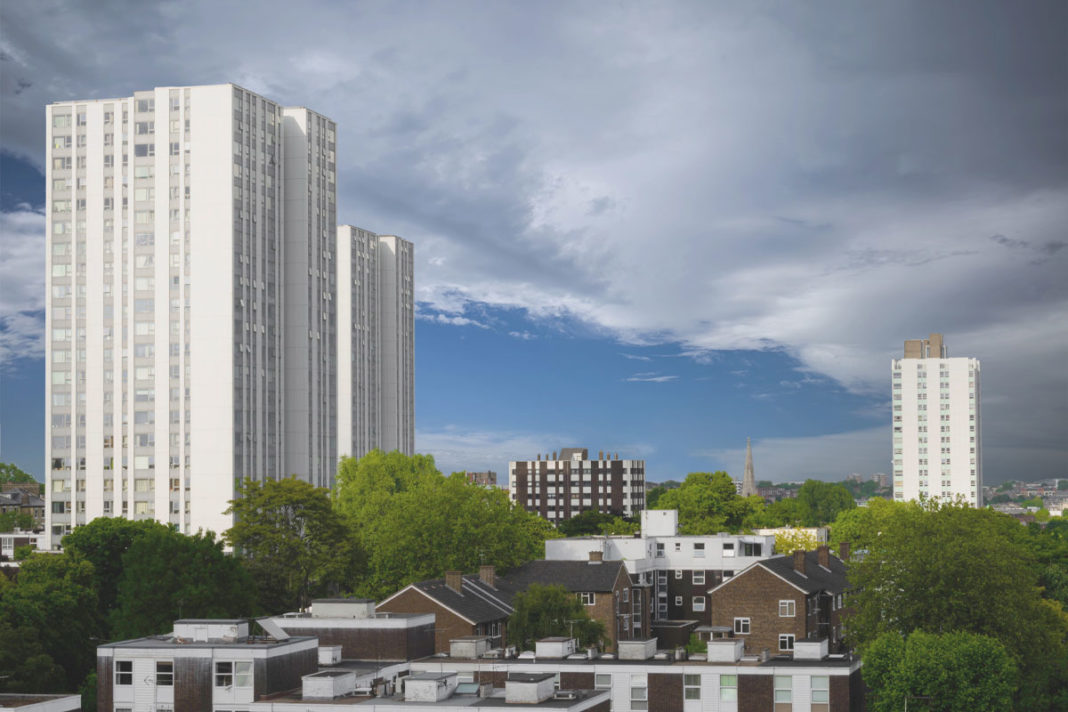
FOLLOWING London’s Grenfell Tower disaster, a review by Dame Judith Hackitt made key proposals relating to the reform of building safety. This has resulted in the UK’s Building Safety Bill, which is expected to come into force in England and Wales in 2023. Meanwhile, the Scottish Government’s response has been different, as it concluded that there were ‘no major legislative gaps’ and some different changes have been made.
One pivotal concept mandated in the Building Safety Bill is that of the golden thread of information. This details how a building was designed, built and maintained throughout its lifetime – from design to demolition. It formally records decisions made, ensures any subsequent changes to the building are stored to support safety improvements, and creates a distinct trail of accountability to support building safety. It is intended to ensure that the right people have the right information at the right time to ensure buildings remain safe as risks are managed effectively.

But what exactly is the golden thread? A formal definition has now been approved by the UK Government’s ministry of housing, communities & local government, which includes a nine-point annex of golden thread principles:
1. The golden thread must be accurate and trusted. The information produced will therefore have to be accurate, structured and verified, requiring a clear change control process that sets out how and when information is updated and who should update and check the information.
2. Residents will feel secure as they will have accurate and trusted information about their home. This will support residents in holding accountable persons and building safety managers to account for building safety.
3. The golden thread will support culture change and be considered an enabler for better and more collaborative working within the industry, as it will require increased competence and capability, different working practices, updated processes and a focus on information management and control.
4. The golden thread will provide a single point of truth by bringing all information together in a single place, reducing information duplication and helping to drive improved accountability, responsibility and a new working culture.
5. The golden thread must be secure to protect personal information and control access to maintain the security of the building.
6. The golden thread will record when changes were made and by who, to help drive improved accountability.
7. Information in the golden thread must be understandable and simple to access.
8. Golden thread information must be easily handed over and maintained over the entire lifetime of a building.
9. Information must be relevant and proportionate, so key safety information needs to be kept and updated from inception to disposal.
Managing the golden thread
For the construction industry the golden thread brings many challenges, not least ensuring the competence of those designing, constructing, repairing and operating buildings, and how this is checked and reported. The cost of aggregating the golden thread of information could also be very expensive, particularly for organisations responsible for multiple tower blocks. Legacy IT systems may also create gaps in essential data and cause delays as information must be digitised, which may require the use of drones to create 3D scans of existing buildings, all of which requires specific expertise. .
Although Building Information Modelling (BIM) or adherence to ISO 19650 is not mandated, applying ISO 19650 would be an effective way to meet many of the golden thread requirements. BIM is therefore a vital element of achieving a golden thread practice as it creates a digital record of a construction project that is shared collaboratively between all project parties – from the architect to the client.
A Building Asset Portal can be used to gather, consolidate, store, manage and provide 24/7 availability of data with controlled access for all stakeholders related to a building’s construction and ongoing maintenance. By effectively and efficiently collecting, managing and analysing asset data, information gaps or inaccuracies can be identified so that informed decisions are made that also save considerable time and money.
Data management software and data management techniques can be used to create easily navigable and secure dashboards for all relevant stakeholders, for real-time review. These should include fully integrated BIM models and digital twins. Artificial intelligence will enhance this process further to deliver real insights, which add value and enable better informed decisions to be made about the built asset. Documents and information should be stored and kept, which should remain accessible and be used during design, construction and occupation to ensure building safety.
While the golden thread concept aims to improve building safety, it will present a significant challenge for the construction sector in the short-term. However, in the long-term improving accountability for those involved in a building’s entire lifecycle will raise the bar for safety, quality and sustainability, ultimately reducing risk for building owners, managers and occupiers.







